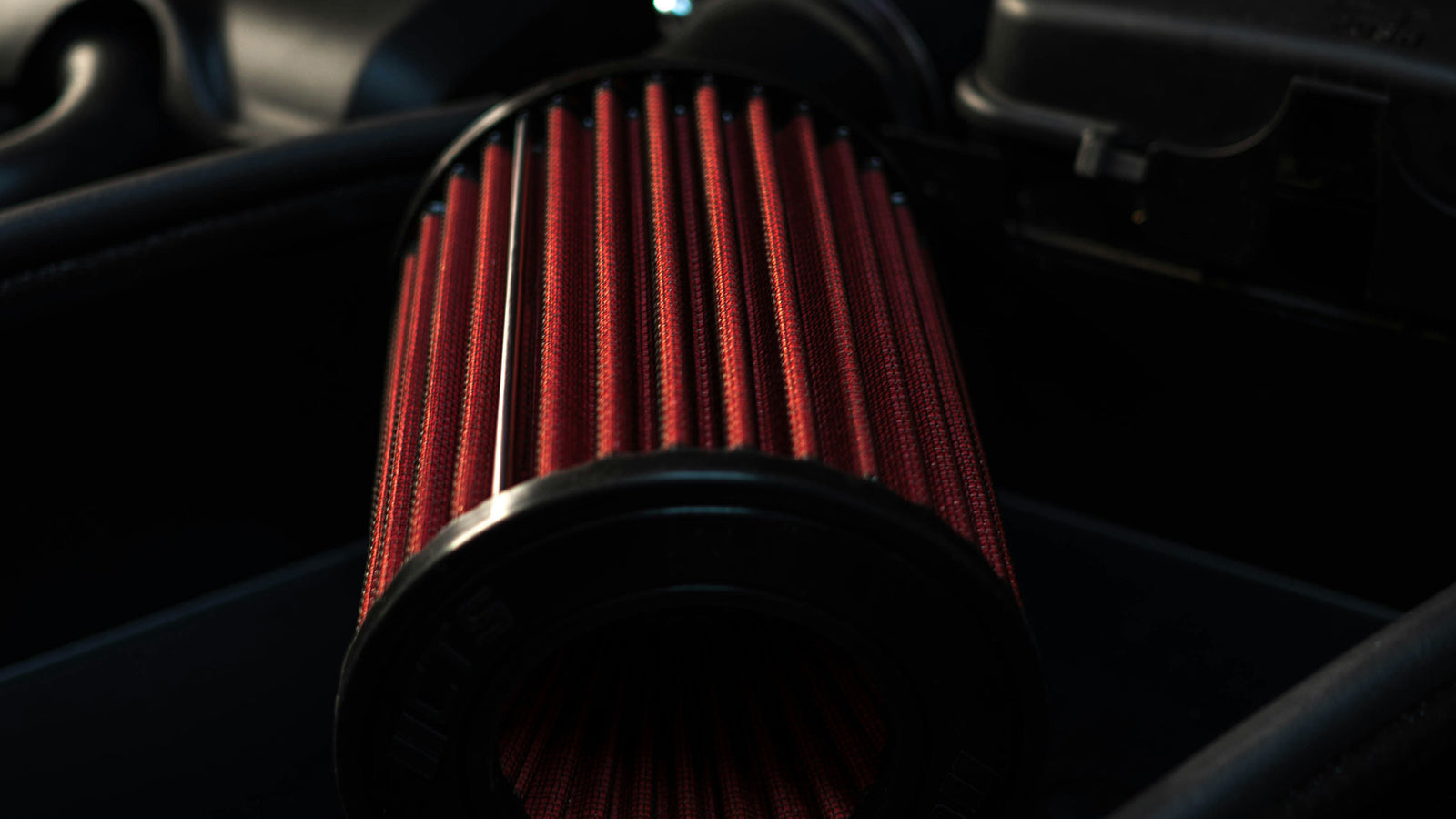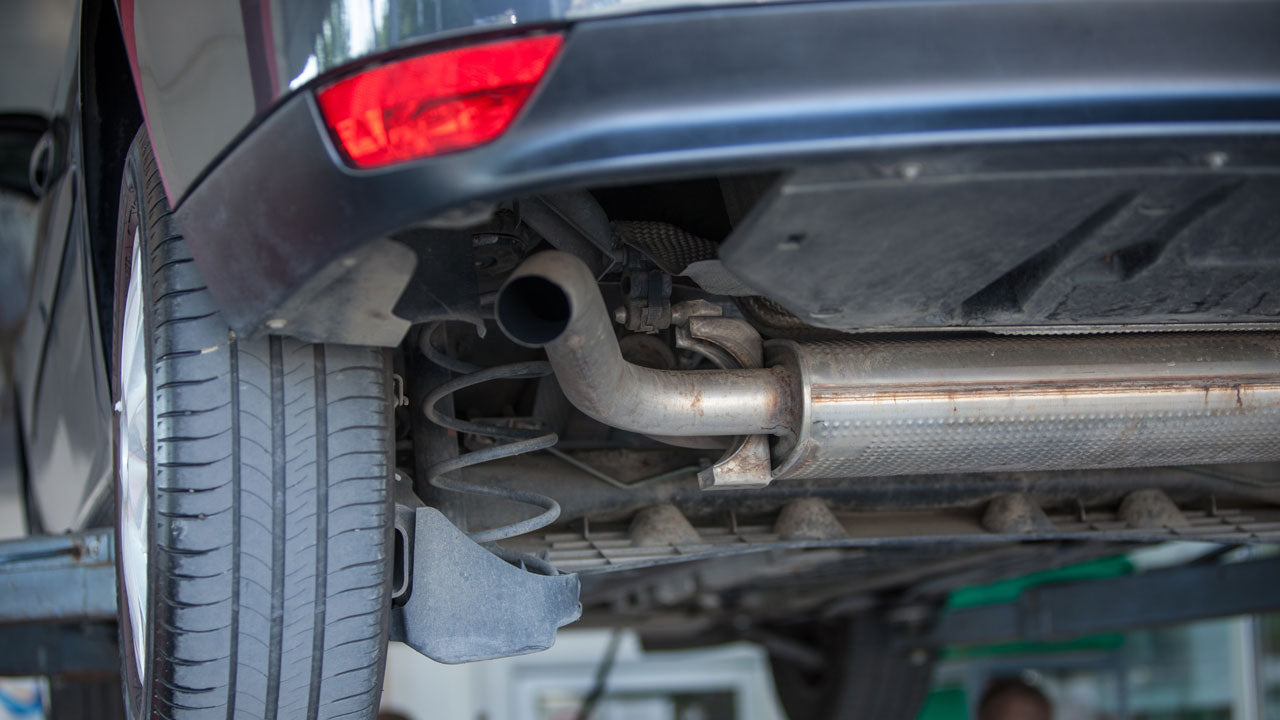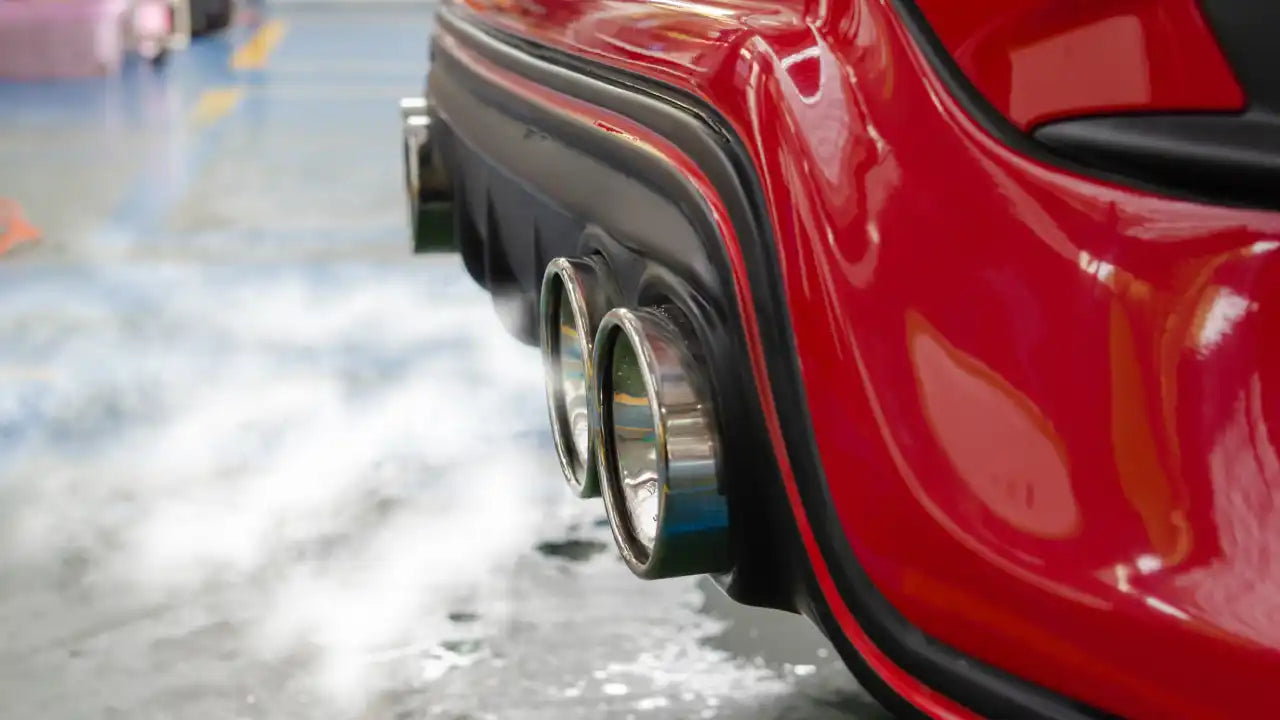How to Change Oil: A Guide to Do It Yourself
Share
If you’re like us, you must love what you’re driving. If you love your ride, proper vehicle maintenance is the key to enjoying it for years to come. Changing the engine oil is the simplest yet the most essential maintenance task.
Oil changes are DIY-friendly, simple procedures that you can do in the comfort of your own home or garage. Doing it yourself allows you to spend some extra time with your vehicle outside of driving it, and while you’re under the hood and beneath the vehicle, you’ll be able to check and see if anything else is going wrong or needs attention. The process will save you a few bucks, too!
Why Changing Engine Oil is Important
Before going deep into the procedure, you need to know why this is crucial for your vehicle’s health. Your engine consists of hundreds of moving metal parts with minimal tolerances in between. Engine oil is the primary lubricant of these moving parts; it reduces friction and helps prevent overheating. Over time, the oil starts to break down, lose its characteristics, and begin to get contaminated by debris and dirt. A dirty oil will wear the engine parts, leading to excessive and premature wear and tear throughout the engine and damaging many components.

Regularly changing engine oil helps maintain the engine's optimum performance and longevity, ultimately extending the lifespan of your vehicle.
How Often Are You Supposed to Change Engine Oil?
It depends on several factors. Refer to your vehicle's owner's manual, which states the intervals between oil changes. Manufacturers usually indicate specific miles between changes, but it is a safer approach to do it earlier than your manufacturer intends.
The oil gets broken down by contaminants depending on your driving habits, the environment you’re living in, and the type of your vehicle. It may take as little as 2500 to 3000 miles all the way to 15-20,000 for the oil to start to go bad. You can shorten the frequency just to be safer, and the interval mileage is not important if your vehicle does not cover many miles in a year. A good rule of thumb is to change oil once a year if your mileage does not reach the specified number.
How to Change Engine Oil at Home
So you decided to do the oil maintenance yourself. First, you’ll need to get some supplies. The items listed below are available in almost all parts stores and auto shops.

Tools, Materials, and Supplies Needed:
- New engine oil. Check your vehicle’s owner’s book for the correct type, viscosity, and amount of oil. Many oil manufacturers also list recommended oils for your vehicle on their websites.
- New oil filter. You can use OEM, OE, or quality aftermarket filters. Do some Google research and read forums and reviews.
- Oil filter gasket if it's not included with the new oil filter.
- Oil filter wrench if your engine has a screw-type oil filter.
- Socket wrench set will come in handy when removing some little parts.
- Oil pan to collect the used oil draining from the engine.
- Funnel to put the fresh oil in.
- Jack, jack stands, or steel ramps to lift the vehicle.
- Gloves, rags, and paper towels to protect your skin and clean up the area.

Step-by-Step Guide on How to Change Engine Oil:
- Preparation: Park your vehicle on a level surface and engage the parking brake. Let your vehicle cool down at idle for 10-15 minutes to prevent oil burns. Lift the front (or wherever the engine is) of the vehicle using a jack and secure it with jack stands and wheel blockers.
- Locate the Oil Drain Plug and Oil Filter: Remove the plastic cladding under the car if it has a protective undertray. Some undertrays have little hatches to access the oil drain plug. The drain plug is located right beneath the engine on the crankcase. The oil filter’s location varies depending on the vehicle and engine, and it can be under the hood, at the back, or on the side of the engine block. Refer to the owner’s manual for the locations of the plug and filter.
- Drain the Old Oil: Place an oil drain pan underneath the drain plug, then remove the drain plug using a socket wrench. Allow the old oil to drain completely into the pan below. Because engine oil is a thick fluid, it will take several minutes to drain completely. Reinstall the drain plug and tighten it. Do not overtighten the plug, as it can cause cracks on the oil pan and the plug itself, resulting in leaks.
- Replace the Oil Filter: Put the drain pan underneath the oil filter and use the oil filter wrench to remove the old filter. Some manufacturers use cartridge-type filters, which require you to open a reservoir cap and remove the filter element itself. Make sure the old filter gasket is removed as well. After the old oil comes out, lubricate the new filter's gasket with fresh oil and install the new filter. Don't overtighten it if it's a screw-type filter.
- Add New Oil: Remove the oil filler cap at the top of the engine, place the funnel in the opening, and pour in the fresh engine oil. Refer to the owner’s book for the correct amount. After adding the proper amount, close the filler cap, check the oil level, and start the engine. Let it run at idle for a few minutes for the new oil to circulate through the engine. Stop the engine, recheck the oil level and top up with more fresh oil if needed. Check for leaks around the filler cap, drain plug, and oil filter.
Enjoy a Smoother Ride and a Healthier Engine
Congratulations, you’ve done it! Now reset the oil maintenance reminder in your vehicle’s trip computer if it has one. If you want, take note of the mileage and date for the next oil change.
Knowing how to change your engine’s oil is a valuable asset for any car enthusiast. It saves you time and money while ensuring the vehicle runs smoothly. Regular oil changes at slightly shorter intervals than recommended ensure the maximum life out of your vehicle.













